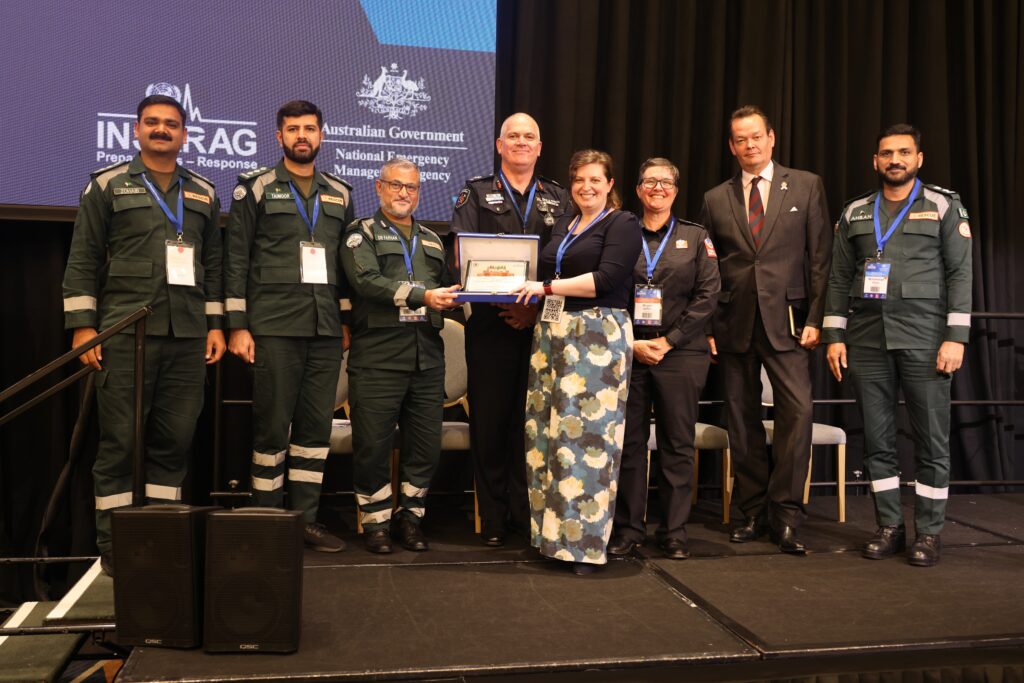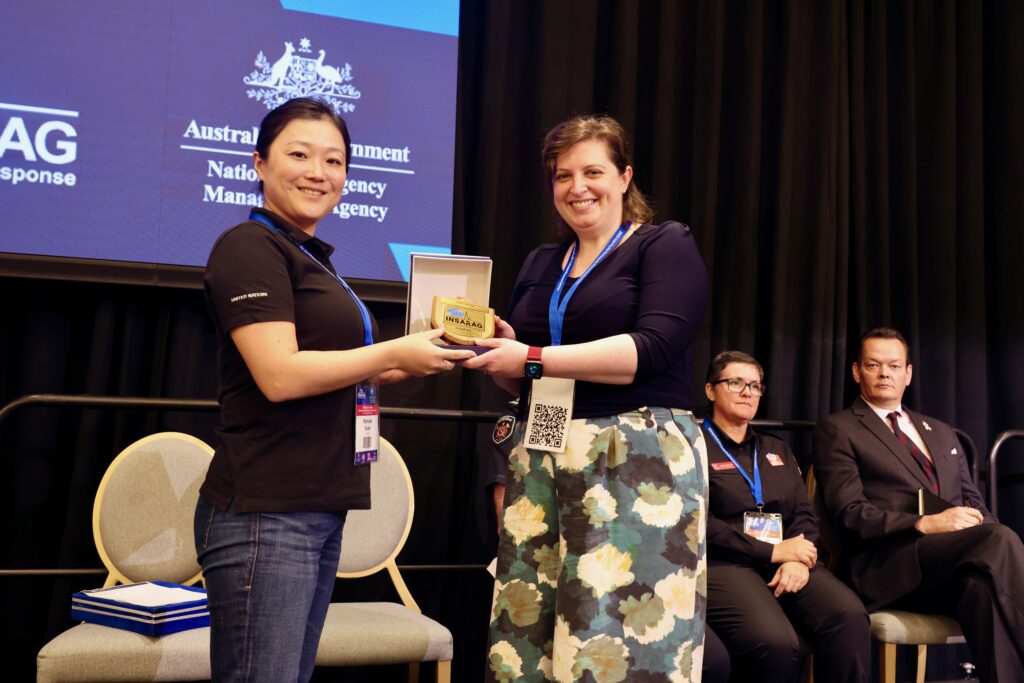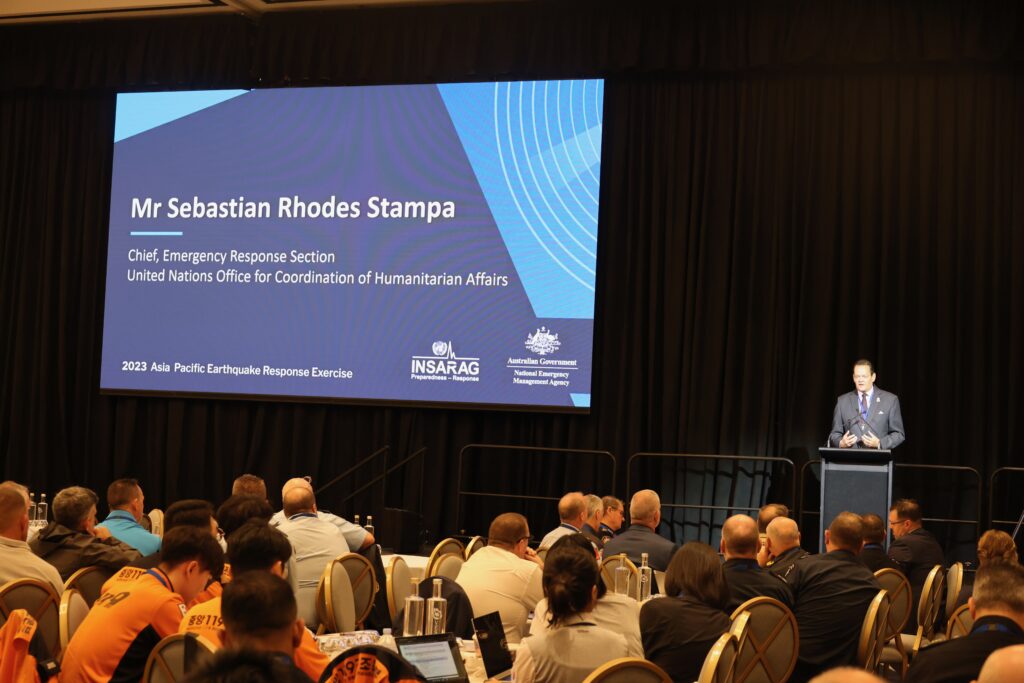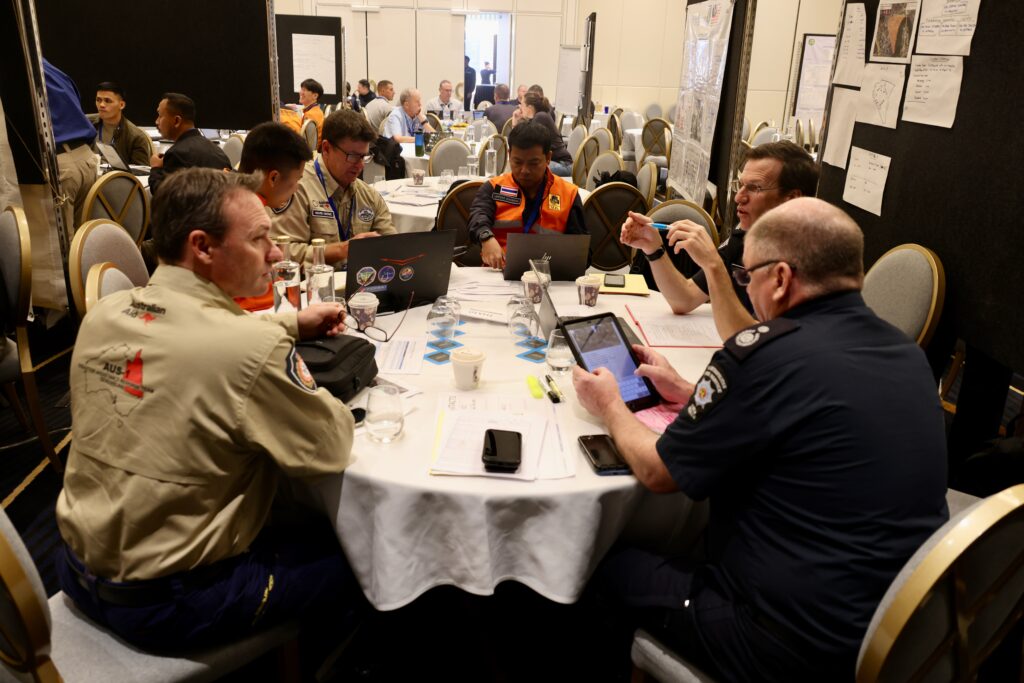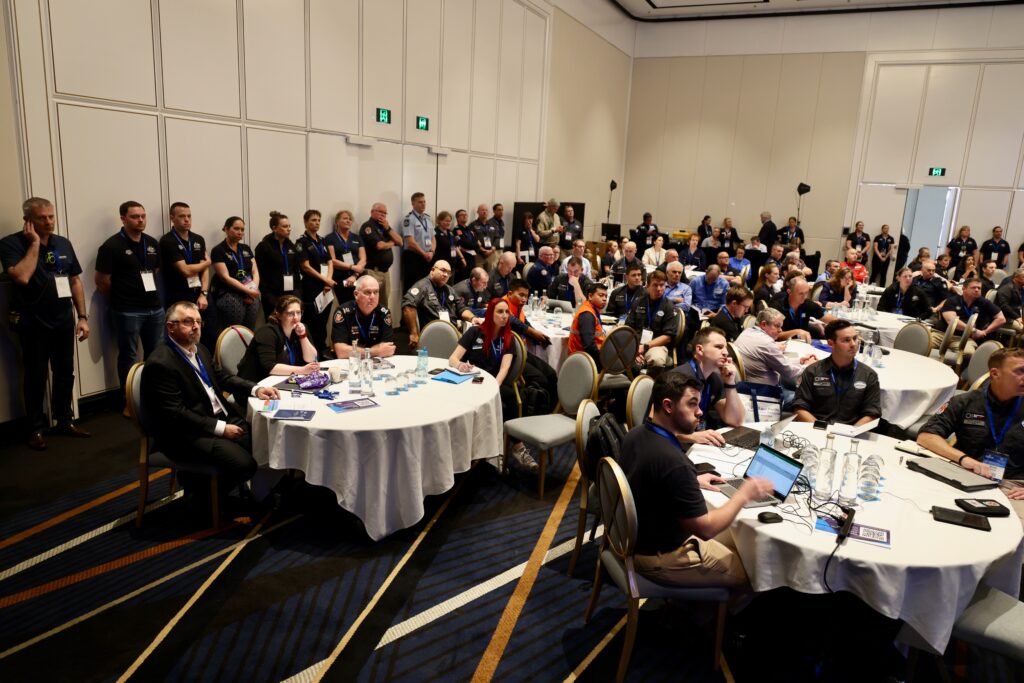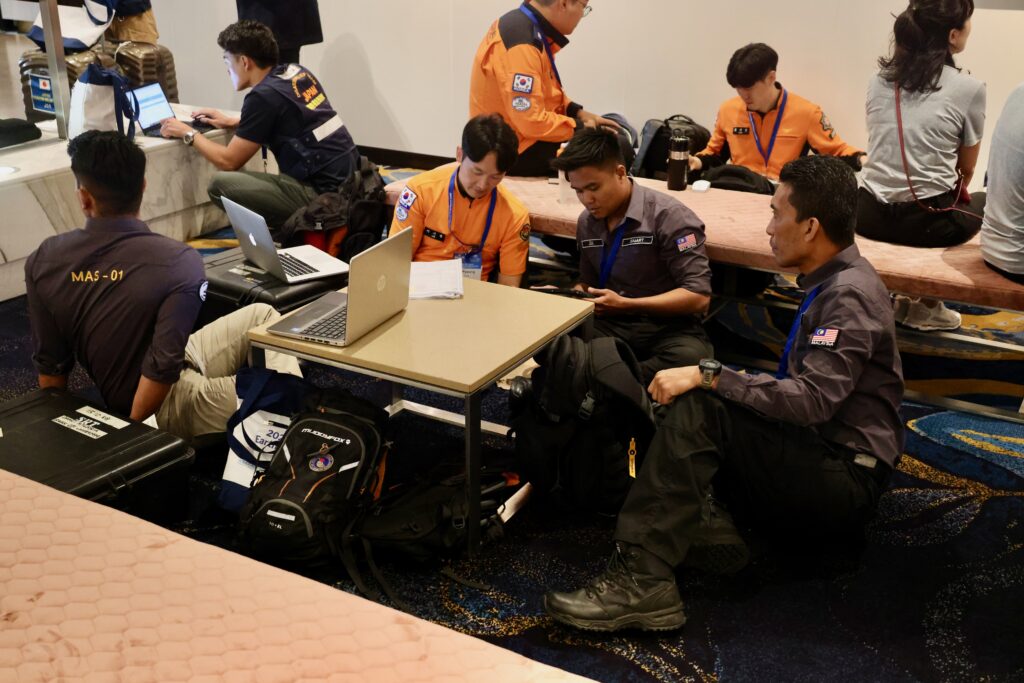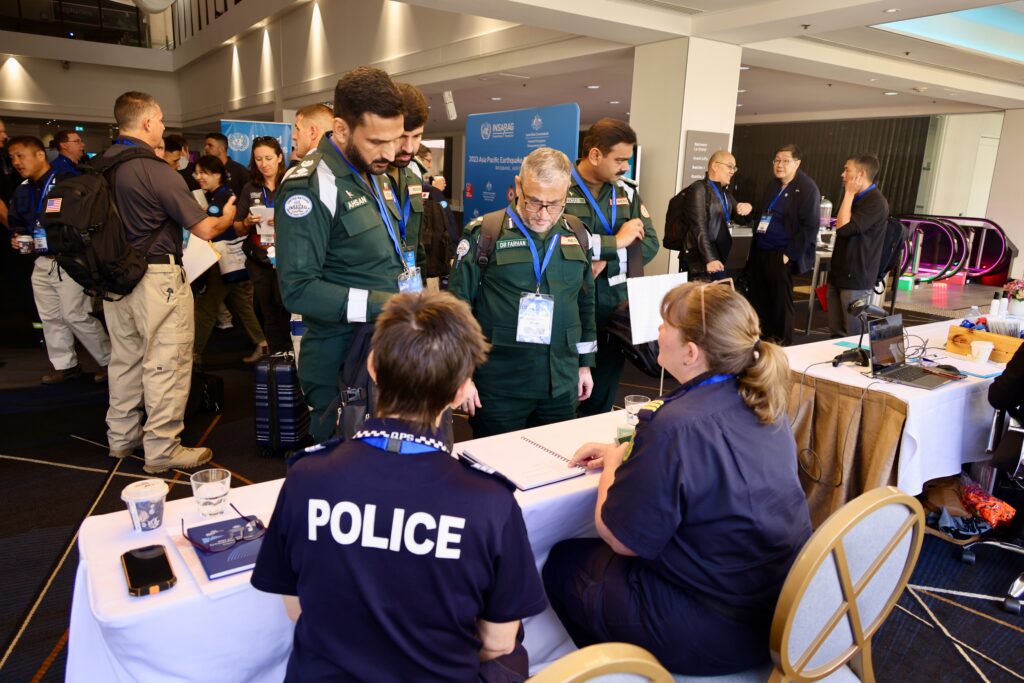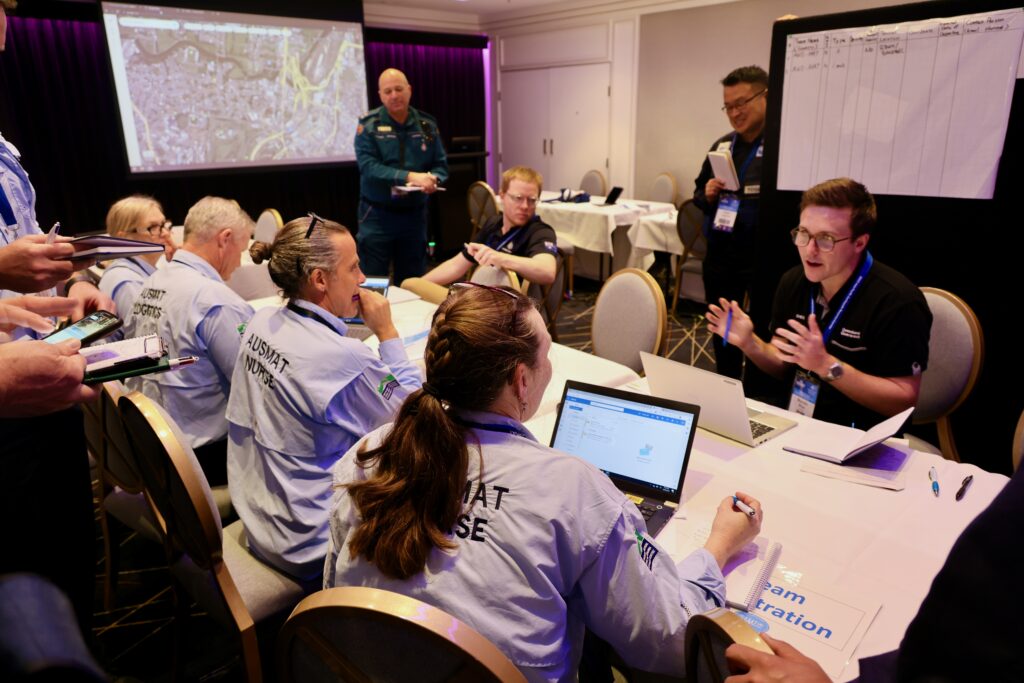The INSARAG Technical Guidance Notes provide non-binding guidance to USAR teams beyond what is specified as minimum requirements by the INSARAG Guidelines. These Technical Guidance Notes are prepared by the INSARAG working groups and then endorsed by the INSARAG Steering Group. Please note that these Technical Guidance Notes are not parts of the INSARAG Guidelines, they are only good practices and recommendations. They are not the expectations from INSARAG member USAR teams or those USAR teams that undergo the INSARAG External Classification (IEC) process.
Medical Guidance Notes:
- Amputations and Dismemberment – Link – endorsed in 2023
- Identification of USAR Medical Personnel – Link – endorsed in 2011
- Post Mission Medical Reporting – Link – endorsed in 2011
- Provision of Medical Care in an Austere Environment Specifically in a Confined Space – Link – endorsed in 2011
- Recovery of Deceased During USAR Operations – Link – endorsed in 2011
- The Donation of Medical Supplies and Equipment Prior to Demobilisation – Link – endorsed in 2011
- The Medical Management of the Entrapped Patient with Crush Syndrome – Link – endorsed in 2023
- Patient Treatment Record – Link – endorsed in 2012
- Urban Search and Rescue in Extreme Environmental Conditions – Link – endorsed in 2014
- INSARAG Injury and Illness Log – Link – endorsed in 2019
- Template Letter requesting Ability to Practice USAR Medicine – Link – endorsed in 2019
- INSARAG Patient Treatment Form – Link – endorsed in October 2019
Medical Guidance Note – Defining USAR Medicine – Link
MWG Covid-19 USAR Response Technical Reference Note – Link

 Home
Home  Contact
Contact 